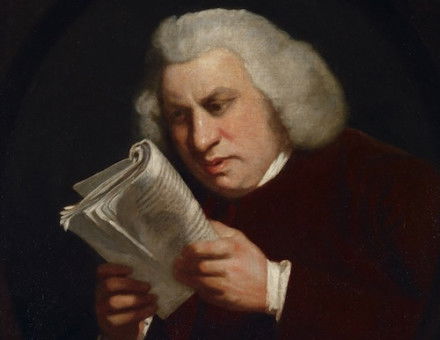Universal Projects for the Universal Man
The artist, scientist, botanist, anatomist, engineer, inventor and all-round genius Leonardo da Vinci (1452-1519) used paper in a unique way.
His notebooks are full of ideas sketched just as they poured into his head, seeking solutions to problems while pursuing lateral connections between his disparate fields of enquiry in such profusion that the pages of sketches and notes resemble a state of continual brainstorming. The books have always been highly valued, and this summer they will be revealed in a unique manner in a series of exhibitions across Europe, linked by a website called www.universalleonardo.org.
The exhibitions kicked off in Florence and Oxford earlier in the year, and will continue in Munich and Budapest, as well as in London where many of Britain’s great Leonardo holdings will be displayed at the V&A in an exhibition opening in September entitled Leonardo da Vinci: Experience, Experiment and Design.





